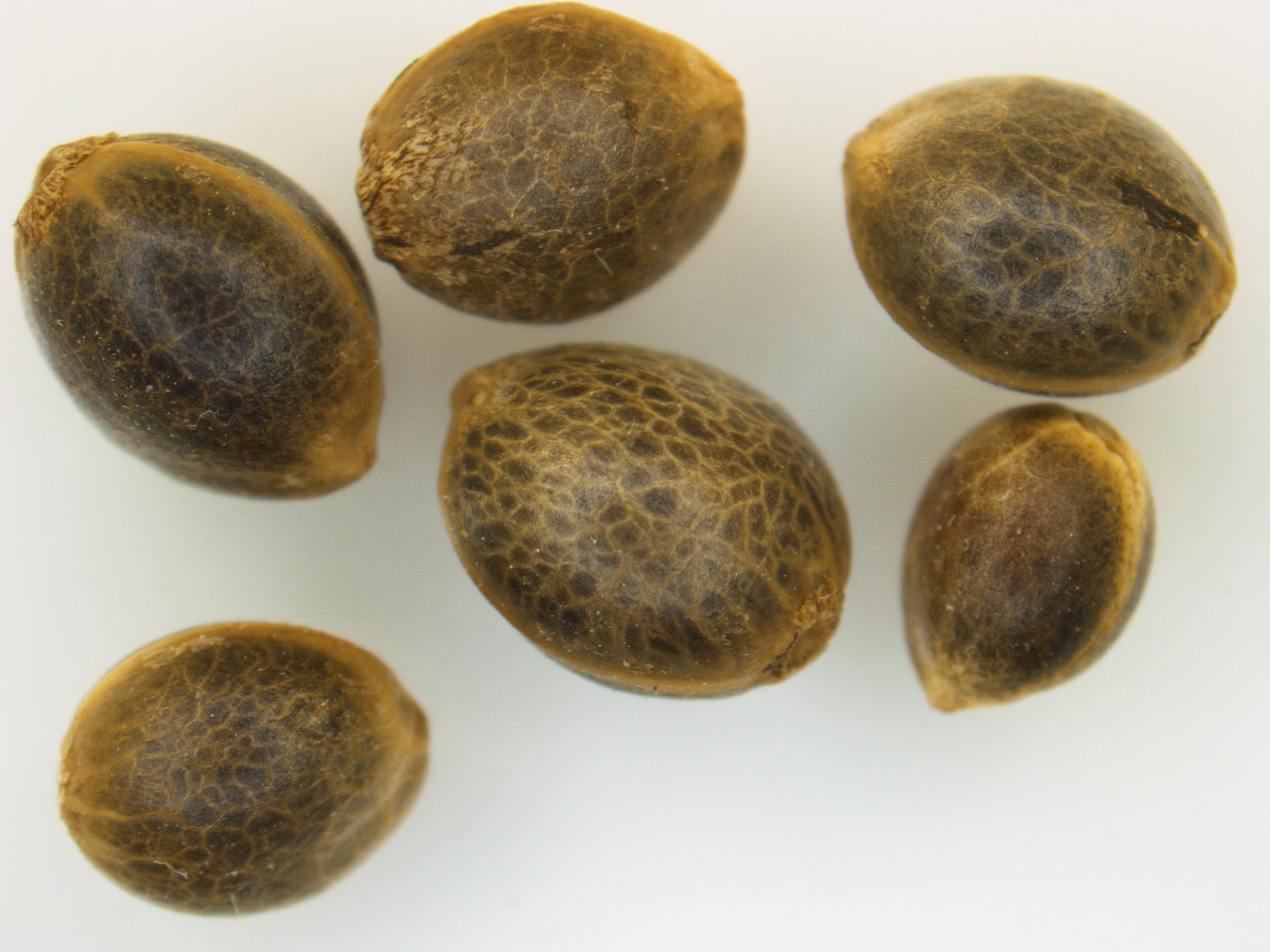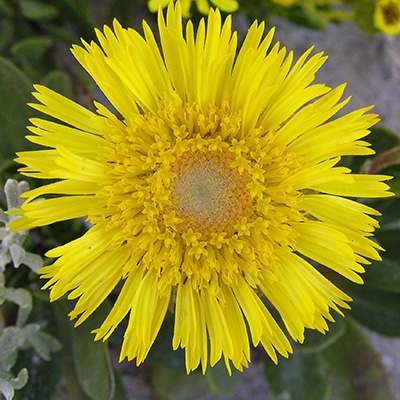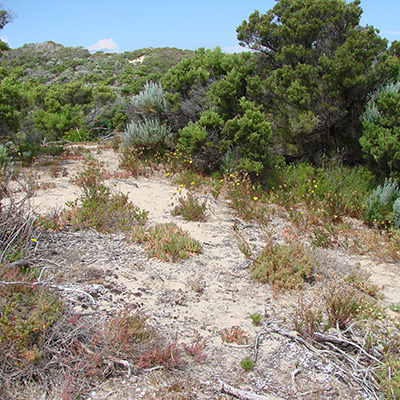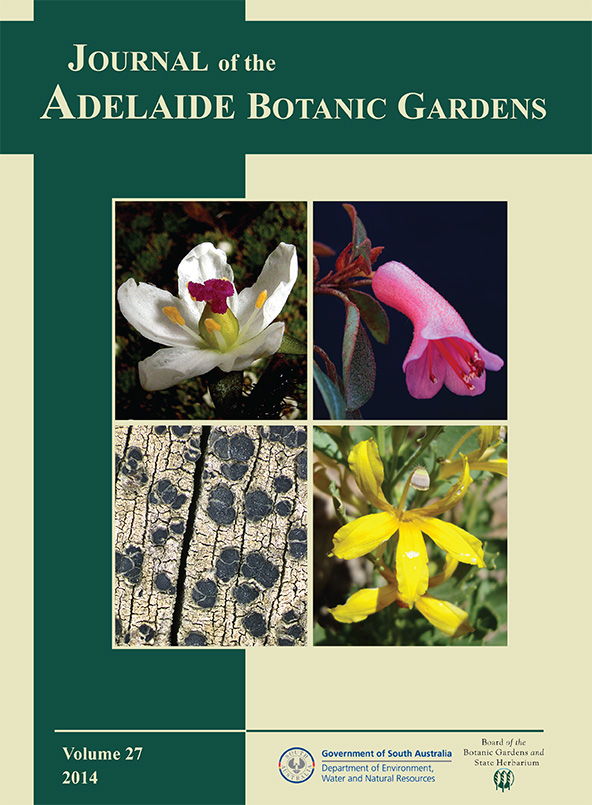The State Herbarium of South Australia recently took its expertise in plant classification and identification to a whole new level. The State Herbarium, as the State’s legal authority and ‘point of truth’ for the ultimate identification of plant species was engaged by the Chemistry Unit in Forensic Science SA to provide their staff with a custom-designed two-day course on the botanical identification of Marijuana, Cannabis sativa.
The expectation from the Forensic Science team was to come away from the course with the skills and knowledge that would establish their credibility as experts in the identification of Cannabis when dealing with police evidence and when subsequently justifying their results in court.
The Herbarium used its high resolution camera to take a series of photos of these specimens to show the whole plant as well as close ups of diagnostic features such as hairs and leaves, floral structures and seeds. These were included in a comprehensive course manual that would also later serve as an identification guide for the forensic scientists.
A range of decoy plant material was included in the course. The species selected came from police and forensic cases where other plants had been confused with or mixed with for Cannabis. The Adelaide Botanic Gardens kindly provided access to fresh samples of some of these plants, which were used as part of the training.
The course was a great success with the forensic team keen to work even more closely with the State Herbarium in the future.













You must be logged in to post a comment.